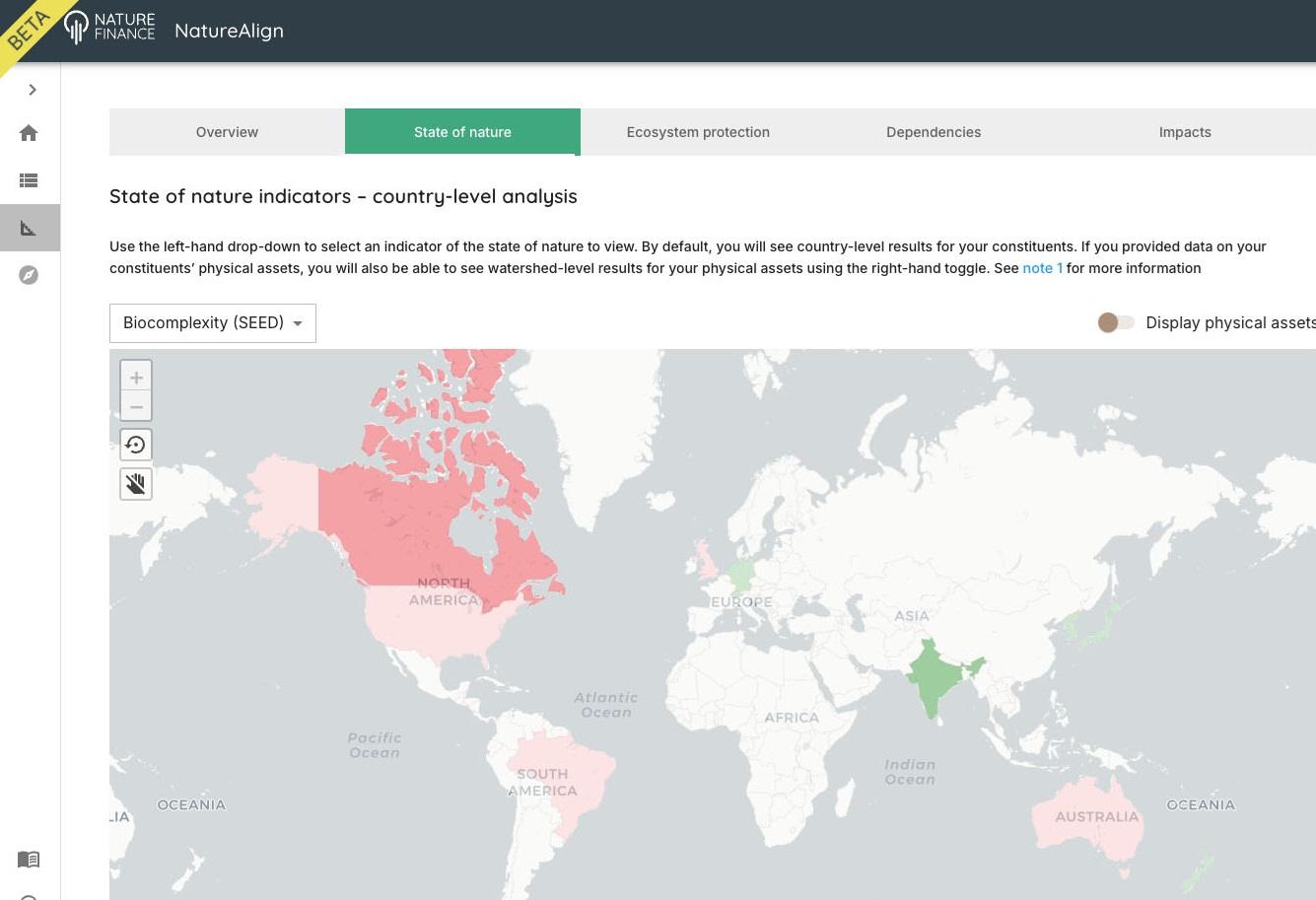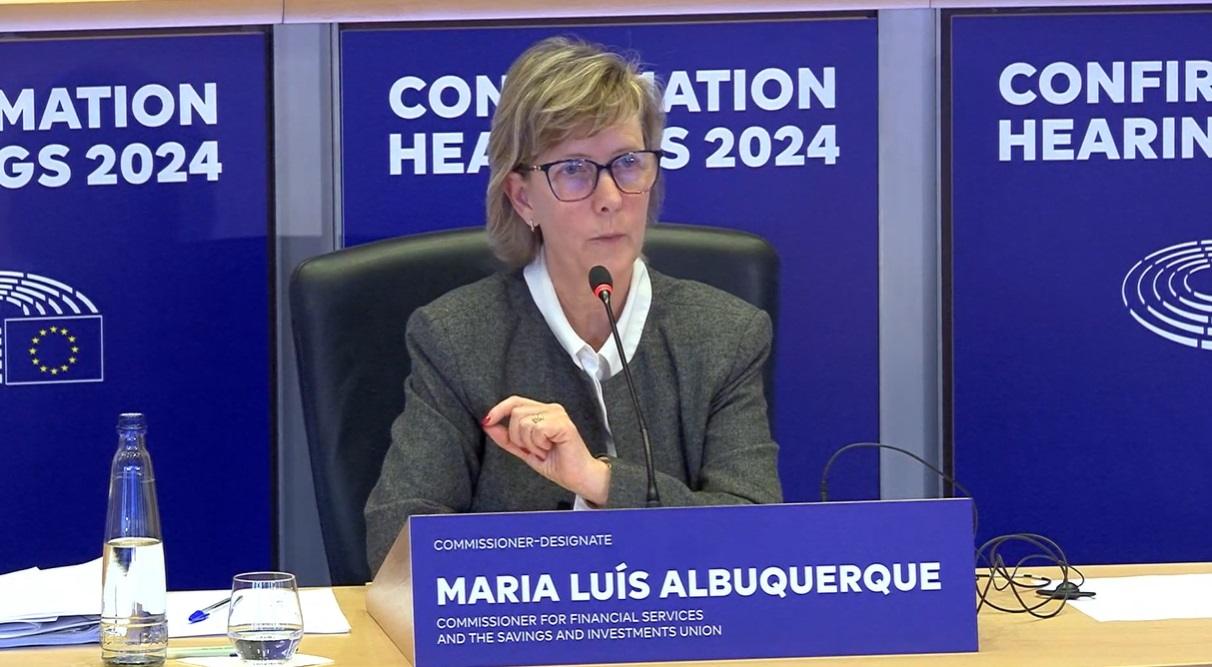HSBC Unveils Financed Emission Reduction Targets for Cement, Steel, Automotive & Aviation Sectors
Global banking and financial services company HSBC announced today a new series of targets aimed at reducing the bank’s financed emissions in some of the heaviest-emitting sectors in its financing portfolio, including cement, iron, steel & aluminum, automotive and aviation.
The company also said that it plans to publish a bank-wide net zero transition plan later this year, outlining how it intends to embed its interim and long-term climate targets into its strategy, processes, and policies.
HSBC’s new sector goals include 2030 targets to reduce on-balance sheet financed emissions intensity by 28% for the Cement sector, 42% for iron, steel and aluminum, 25% for aviation, and 65% for automotive, on a 2019 basis. The goals are based on pathways needed to limit global warming temperature rises to 1.5C, based on expert analysis by the IPCC, according to the bank.
The new goals follow the release last year by HSBC of its first set of sector financed emissions reduction targets for the oil & gas and power and utilities sectors. More recently, the bank unveiled a new policy to no longer provide financing for new oil and gas projects and to require energy sector clients to provide transition plans consistent with its climate targets in order to continue receiving financing.
In a statement announcing the new targets, HSBC said that the goals form part of its ambition to become a net zero bank by 2050 or sooner, and that the bank aims to help clients in the sectors to decarbonize and unlock future growth opportunities.
HSBC said:
“By supporting clients in these industries to decarbonise, we can help them to play a key role in building and connecting the net zero economy of tomorrow.
“These sectors also sit at the heart of energy demand in today’s economy. Reducing this demand can accelerate the transition away from fossil fuels and the delivery of our energy sector targets.”
Going forward, HSBC said that it plans to publish additional targets for sectors including shipping, agriculture, commercial real estate and residential real estate.





